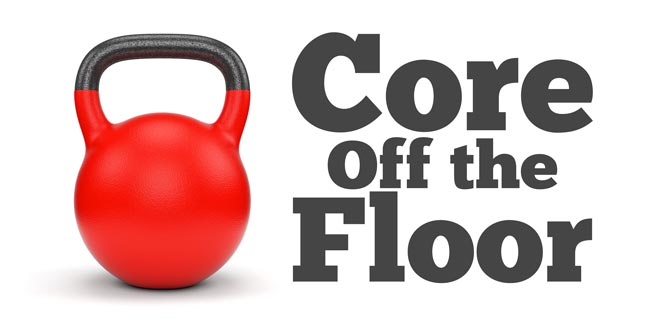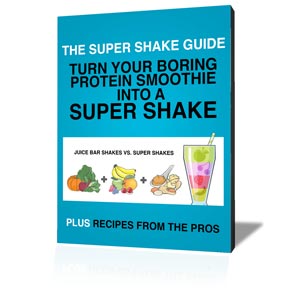Core Off the Floor isn’t just a catchy session title, it’s a fact of life for some. I attended this session at the ACSM Health and Fitness Summit a few weeks ago because for some clients the floor isn’t a practical option. Traditional curls and sit ups in a supine (face up) position on the floor either don’t make sense due to a prior injury or due to the fact that getting up and down off the floor is a workout in itself.
The session presenter, Melissa Layne from the University of North Georgia, also made an excellent case for why the crunch has to go. She explained that most people are constantly putting the abdominals in forward flexion (hunched over the desk, computer or iPhone). Why would we want to do an exercise, like a crunch, that exacerbates the problem? She reviewed with us the “New Rules” of core training, accrediting them to Chuck Wolf, expert in functional anatomy and biomechanics and the Director of Human Motion Associates:
- Pick it up, put it down and move it around
- Train more often: stress is better distributed
- Maintain the length of the spine
- Involve the hips
- Reach from the shoulder girdle and not the hand and wrist
- Get systematic – start small, light and simple
- Rest between sets due to neural fatigue
While I do like to keep things very functional in the gym, I admit to pulling out some crunches every so often. As I put into practice all the new things I learned at the Summit, crunches may appear less and less often in my programs.
To help us transition our thinking, she gave us a list of 64 different core exercises that have nothing to do with crunches. While some of them may happen on the floor (think planks) many of them do not. Some of them are already standards in my workouts (wood chops and kettlebell swings for example) but I also found a few new favorites.
Are you ready to rethink your ab workout? Here’s a new way to work your core without crunches and the added bonus of getting your heart rate up.
-
Double Arm Kettlebell Swings
I recommend starting with these as a transition from warm up to workout. If you’ve never done a kettlebell swing before it’s important to understand the mechanics of this seemingly simple move in order avoid injury. I recommend either Kettlebells for Dummies or the Swing Clinic from the DKB program at Dailyburn.com. Do 3-5 sets of 12 swings each.
-
Alternating Arm Kettlebell Swing
Next you can progress to the alternating arm swing to get more core engagement. The offload movement engages more muscles because you need to keep the kettlebell centered in front of the body. Do 3-5 sets of 12 swings (6 per arm) each.
-
Single Arm Swing to High Row
I would recommend using a lighter weight for this exercise than you would for a normal swing until you learn the movement. At the top of the swing, when your arm and kettlebell are parallel to the ground, pull back so the kettlebell comes back and even with your shoulder. Punch forward and let the kettlebell return to the bottom of the swing. Do 2 sets of 10 per side.
-
Monkey Swings
This swing looks nothing like the swings we’ve done so far in this workout. Take a wide stance and bend your knees slightly. Stand up tall with your shoulder blades pulled back while holding your lighter kettlebell by the bell in front of your. With elbows slightly bent, starting swing your arms and kettlebell from side to side. The goal is to only move your arms and shoulders, not your legs or torso. You want your core to stay as tall and as straight as possible. Do 2 sets for 30 seconds each.
-
Wood Chops
You can put away your kettlebell for a medicine ball or dumbbell if you wish for this move. There are many variations to the wood chop and I won’t try to cover them all here. The main objective is to let the movement come from the hips and torso and let the shoulder girdle follow. If you’re not sure where to begin check out this video from SparkPeople.com
-
Stir the Pot
An exercise I love and that my clients may love to hate. This is a plank on the stability ball with the benefit of motion. Cassandra Forsythe does a great job of explaining and demonstrating the exercise. Do 1 set of 30 seconds per direction.
Don’t forget to massage roll when you’re done. The rolling will help loosen up the tension in your neck, shoulders and back if you are in forward flexion most of the day. Poses from yoga like low cobra and camel make great abdominal stretches post workout.
How do you work your core? What do you say about crunches – friend or foe?



